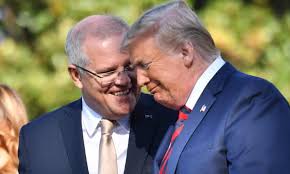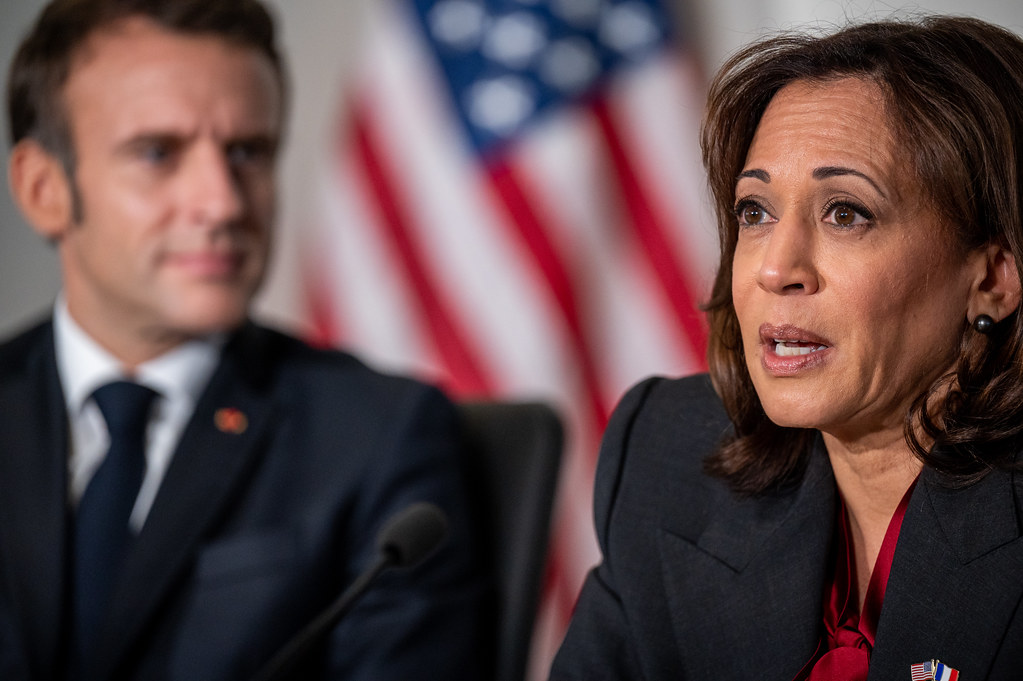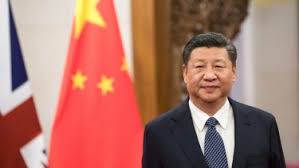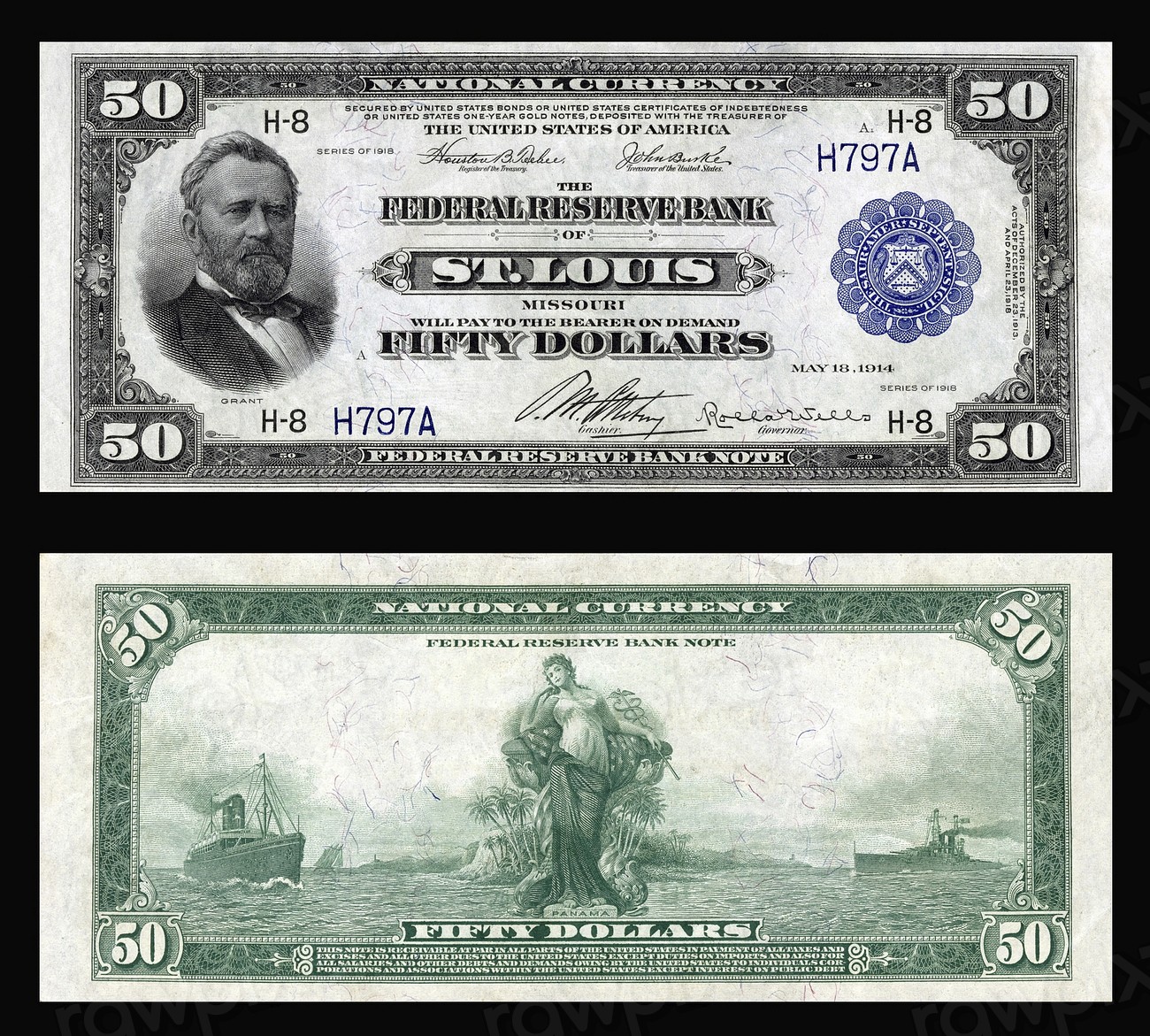
Global Inflation Caused By Central Banks
I have been listening to economist Professor Richard Werner, best selling author of The Princes Of Yen and the creator of Quantitative Easing (QE). According to Werner, the headlines should read ‘global inflation caused by central banks’. Apparently Blackrock Investments, a multi trillion dollar private equity firm, were employed by the Federal Reserve to purchase performing assets of non-banks to the tune of many trillions of dollars in 2020. This was at a time when the economy was already pumping along and this huge input of money supply into the economy could only create massive demand for too little supply. Double digit inflation was the result and this was intentional, according to Richard Werner. The Fed, also, instructed the ECB and other five eyes central banks like the RBA to do likewise in purchasing these assets.
“The Federal Reserve just made the problem of financial firms considered ‘too big to fail’ a whole lot bigger.
That’s because the U.S. central bank has hired investment giant BlackRock which manages some $7 trillion in assets, to run purchases of corporate bonds and commercial mortgages that are part of its response to the pandemic-led recession.”
“These bond purchases mean that the RBA is now conducting quantitative easing, or QE, similar to that of many other central banks. I want to point out, though, that there has already been a very substantial increase in the size of our balance sheet as a result of our earlier measures. Once these additional bond purchases are completed mid next year, our balance sheet would have nearly tripled since the beginning of 2020, provided that the funds currently available under the Term Funding Facility are drawn upon.
I also want to point out that this bond purchase program is separate from any bond purchases that we undertake to support the three-year yield target. We remain committed to buying bonds in whatever quantity is needed to support that target. Any bonds purchased in support of the three-year yield target will be separate from the $100 billion.”

RBA The Source Of High Inflation
There is an 12-18 month lag time on the effect that this Quantitative Easing (QE2) has on the economy. Sure enough, following this period CPI inflation in Australia shot up.
“Over the twelve months to the December 2022 quarter, the CPI rose 7.8%.”
Central banks everywhere have been pointing their fingers at war in Ukraine and supply side shocks as the culprit for high inflation but in reality it was their massive influx of Quantitative Easing (QE2) into the economy that spiked inflation.
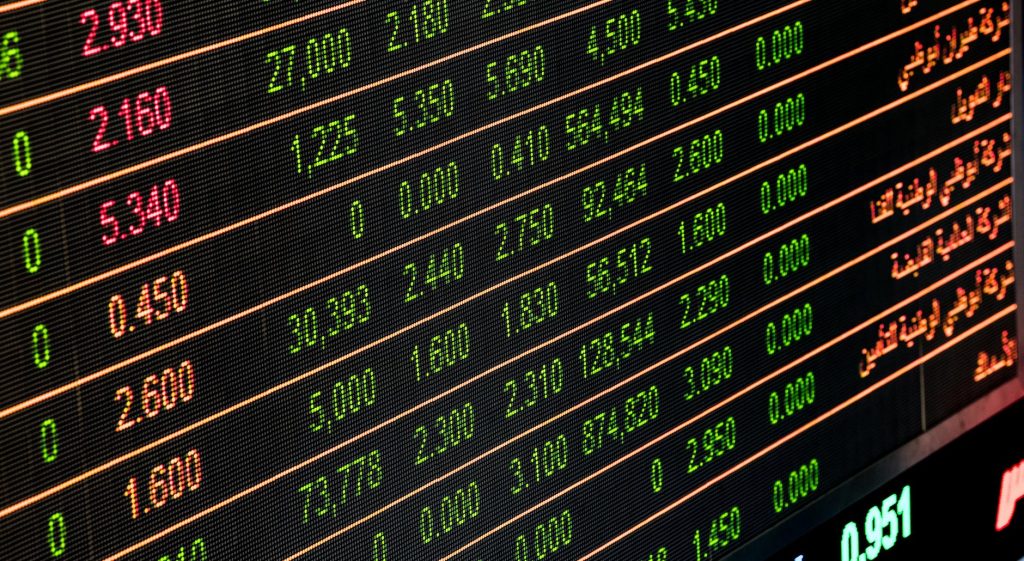
Austerity Measures Now Punishing Australians
Australians have been swallowing these porkies and deflections ever since. We now have the situation with newly appointed governor, Michelle Bullock, castigating us for our economic behaviours. A programme of austerity is being brought in to combat inflation, when the RBA and the Federal Reserve caused it in the first place. Inflation is a means of wealth transfer. Richard Werner intimates that this could have something to do with the central bank instigated high inflation we have seen over the last couple of years.
According to Werner, the central banks are angling for ever greater centralised power over national and global economies. He sees the demise of smaller banks in Europe and America as evidence of this long range planning by central banks for more direct power. Professor Werner points at China and the east Asian nations like Korea and Taiwan as proof that more smaller and decentralised banks are better for economic health than the reverse. In his view and according to the data smaller banks lending to companies involved in productivity enhancing innovation is the recipe for strong economic growth. Whereas big banks involved in lending to corporations buying up assets is the sure way to boom and bust cycles in the economy. In the last crash in 2008, 40% of business done in the financial sector in the US was with itself. Australia’s concentration of market power in the banking sector is obscene with the Big 4 banks controlling over 80% of the home loan business. Price setting comes with oligopolies. Competition in Australia is dismal and the ACCC has been a giant failure. There is a direct correlation to successive federal governments overseeing this state of affairs in Australia. Corruption and looking the other way is rife.
Banks, as we have seen via the recent Royal Commission into their nefarious practices, are not ideal corporate citizens, which is why you don’t want them to become too big and powerful. It is better for the economy to have more smaller banks at play.

Understanding Banking & Who Makes Money
According to British law there is no such thing as a bank deposit. In actual fact, when you deposit your money in the bank, it goes on the bank’s liability sheet as money owed to you and other depositors. Your statement from the bank is a type of IOU from the bank. In the case of those who borrow money from the bank they sign a type of promissory note for the value of the loan plus interest and offering property as security. This promissory note, in the form a loan contract, becomes a bank asset on the bank’s balance sheet.
Banks Create New Money When They Make Loans
The upshot of this is that banks create new money when they lend money to customers. They do not use depositor funds for this. Therefore, money loaned on credit is new money supply coming into the system. Bearing this in mind you can then look at the Big 4 banks in Australia and their substantial growth over the years via residential property loans. Basic economics tells us that a whole lot of money chasing limited supply, as there is in the Australian property market, is going to increase the value of those homes. The inflation rate if measured over the last 30 years would be around 362%. These rapid property market increases over decades has made some Australians quite wealthy on the back of their appreciating property values. However it has now priced most Australians out of the residential property market. The ANZ bank CEO recently said that only rich people can now afford to buy a home in Australia in 2023. This is where the policies of the RBA and successive federal governments have taken us over recent decades.
Plus, lax money laundering laws for international property investors are still attracting scumbags into the market and pushing up prices.
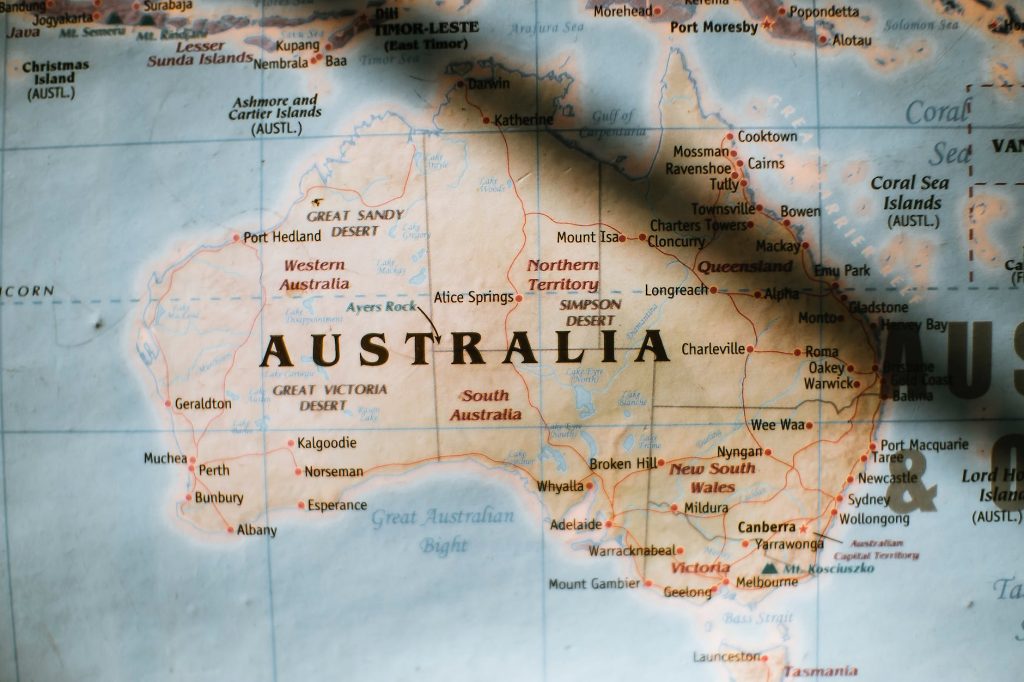
Central Banks Made This Latest High Inflation
Global inflation caused by central banks, according to economist Richard Werner. These central banks have diminished the savings of millions of people around the globe, as they have struggled to afford to pay higher prices for essentials like food, rent, and energy. We came out of a global pandemic and then have been slugged with higher prices for everything. It would be interesting to understand the reasoning behind their Quantitative Easing (QE2) during a booming low interest rate period. Perhaps, they saw it simply as a way to arrest those record low interest rate times by increasing inflation.
The lies they then tell all of us ordinary citizens is gob smacking. Blaming it on stuff that they know most folk will not really understand anyway makes their sleight of hand activities too easy. The data is available in the records of the central banks online.
Robert Sudha Hamilton is the author of Money Matters: Navigating Credit, Debt, and Financial Freedom.
©HouseTherapy
-
Product on sale
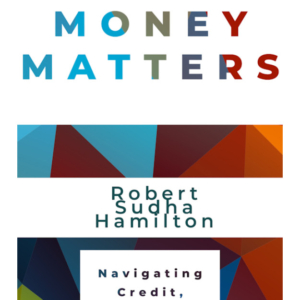 Money Matters: Navigating Credit, Debt & Financial Freedom PDF formatOriginal price was: $14.99.$11.99Current price is: $11.99.
Money Matters: Navigating Credit, Debt & Financial Freedom PDF formatOriginal price was: $14.99.$11.99Current price is: $11.99. -
Product on sale
 Money Matters: Navigating Credit, Debt & Financial Freedom MOBI formatOriginal price was: $14.99.$11.99Current price is: $11.99.
Money Matters: Navigating Credit, Debt & Financial Freedom MOBI formatOriginal price was: $14.99.$11.99Current price is: $11.99.

